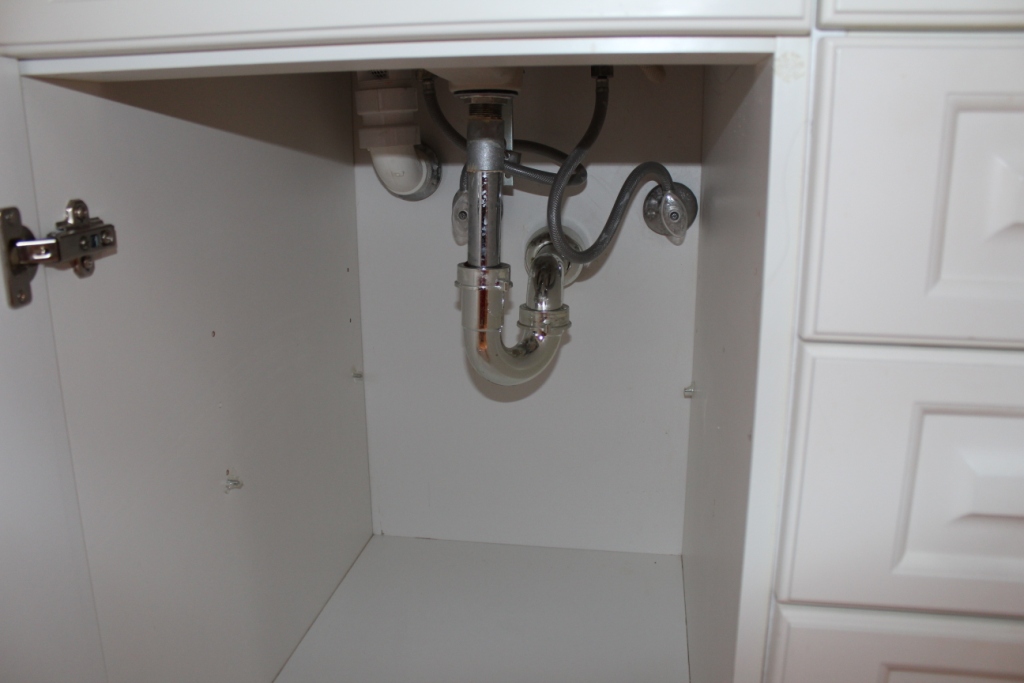January 7th, 2014
It’s extremely cold today throughout much of the country which can lead to frozen pipes. The best case scenario with frozen pipes is a trickle of water coming out of your faucets…and the worst case is flooding in your home due to a burst pipe. Since some of you don’t see really cold temperatures like this on a regular basis, I thought it would be prudent to share some methods for preventing frozen pipes.
Exterior Hoses
Leaving exterior hoses connected to their faucets during extremely cold weather is one of the most common reasons for pipes bursting. Most new homes have what is called “frost free hose bibs” that have a valve inside the home that is shut off when you turn the exterior spigot off. This helps to prevent freezing as long as the hose isn’t connected. If a garden hose is left connected to the exterior spigot, it can trap water that has the potential to freeze, expand, and crack the spigot. Check out our article on Preventing Frozen Pipes for more information on exterior spigots freezing.
Vanity Cabinets and Frozen Pipes
Most homes that are built in climates with the potential for freezing temperatures will keep all plumbing supply pipes out of exterior walls. This will help to prevent frozen pipes in all but the coldest conditions. However, one spot in your home that is still susceptible to freezing is your bathroom vanities. If you have a bath vanity located on an exterior wall, you may want to consider opening up the vanity doors during extremely cold exterior temperatures to get air circulation under the cabinet. The doors will keep the warm air in the home from getting into the cabinet to warm up the space and can lead to frozen pipes in extremely cold temperatures.
Garages
Don’t forget to shut off all water that runs to your garage space when extremely cold weather hits. Laundry tubs, sill cocks, and clothes washer water lines will be susceptible to freezing. And if you have a bathroom above your garage, be sure to keep your garage doors closed to help keep some of the heat radiating out of the home in the garage.
Building New: Frozen Pipe Prevention
One of the best things about building a new home is the ability to adjust the design to prevent the problems you have had in previous homes. Here are some tips to keep in mind when building a new home to prevent frozen pipes.
- Water Supply Pipes – Never locate water supply pipes on an exterior wall or ceiling of your home or structure
- Vanities – Have your plumber bring water supply pipes up through the floor instead of through the outside wall
- Garage – Don’t install any water lines in the garage…if you forget to turn the water off to them, they can freeze and create a huge mess
- PEX Water Piping – Polyethylene tubing will not burst if it freezes so you may want to consider these for your new home’s water supply lines. In addition to being resistant to breaking if they freeze, the can provide home runs to plumbing fixtures to get hot water to the source more quickly
- Water piping over unheated garage space – Pay very close attention to the details of any water supplies that run to living space located over an unheated garage. This tip applies to bathrooms and kitchens above garages. Have your architect work up a complete plan for the space where the pipes will be located. By properly sealing up the pipe cavities, insulating and allowing warm air to circulate, frozen pipes will be kept to a minimum.


